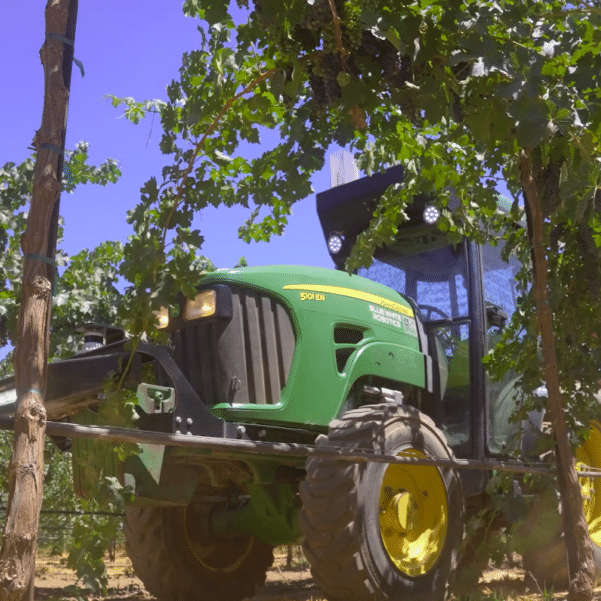The idea of using private wireless to support the smart farm gained further traction this week with the news that Federated Wireless has deployed a private wireless network using CBRS spectrum to support a 2.1 square mile vineyard.
Federated Wireless may be best known as one of the companies operating a spectrum access system (SAS) that is required in order to use the CBRS band, which involves sharing of unlicensed, and in some cases, licensed spectrum.
But as Ryan Garvin, product marketing director for edge solutions for Federated Wireless explained in an email to Telecompetitor, the company also offers private wireless design and deployment as part of its end-to-end managed services. Private wireless networks use the same technology used in public cellular networks but are for the exclusive use of one customer – in this case, the vineyard.
In the smart farm vineyard deployment, Federated handled “the entire private wireless design and deployment,” Garvin said. The network currently runs on LTE but can be easily upgraded to 5G, he noted.
The smart farm technology deployed at the vineyard adds intelligence to traditional farm equipment using technology from Blue White Robotics. The equipment uses the private wireless network to communicate with an Intel edge server located on the farm, Garvin explained. The edge server also has broader wide area network connectivity via a connection from an internet service provider that serves the winery, he said.
In a video about the Federated Wireless smart agriculture deployment, Blue White Robotics Chief Business Officer Alon Ascher explains that there are three key elements of the deployment. Those three key elements likely underlie virtually all smart agriculture deployments, and they include robotic devices (in this case the converted farm equipment), a software platform and connectivity.
Those three elements also can be found in a previous smart agriculture deployment that Telecompetitor covered. In that deployment, Inland Cellular provided private wireless connectivity and Trilogy Networks provided the edge software platform, which Trilogy expects to support an app store from which farmers would select the software needed for their individual smart agriculture needs.
We didn’t delve into the details on the robotic devices supporting that deployment, but such devices undoubtedly were part of that deployment as well.
Private wireless would seem to make sense for the smart farm, as the rural areas involved may not be fully covered by existing commercial cellular networks. This area could present an opportunity for rural wireless providers such as Inland Cellular, as well as for a company such as Federated Wireless that has more specialized wireless expertise.
As both the Federated Wireless and the Inland Cellular examples illustrate, though, service providers will need to establish partnerships in order to provide all the elements that underlie smart agriculture deployments.



